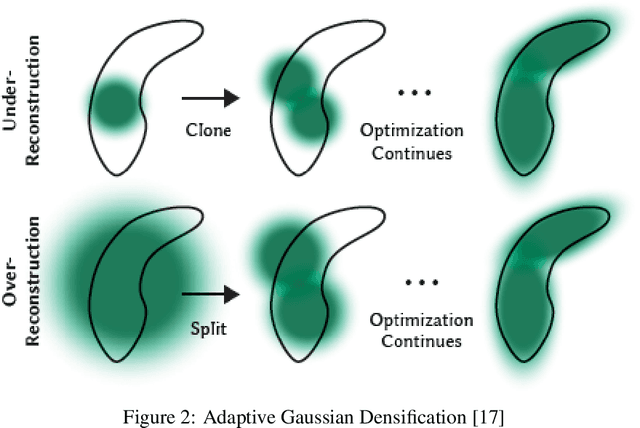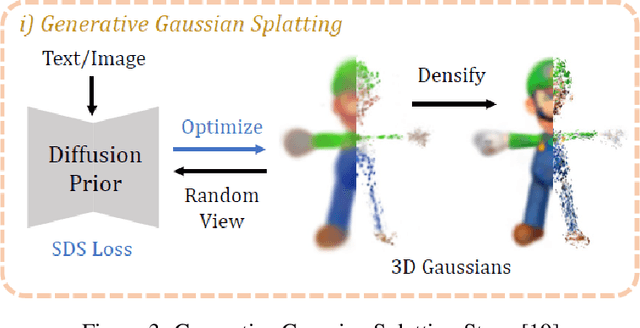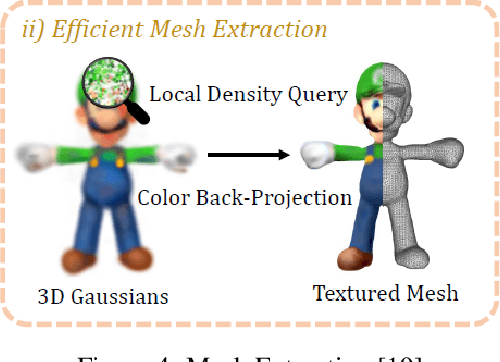Exploring the Feasibility of Generating Realistic 3D Models of Endangered Species Using DreamGaussian: An Analysis of Elevation Angle's Impact on Model Generation
Paper and Code
Dec 15, 2023



Many species face the threat of extinction. It's important to study these species and gather information about them as much as possible to preserve biodiversity. Due to the rarity of endangered species, there is a limited amount of data available, making it difficult to apply data requiring generative AI methods to this domain. We aim to study the feasibility of generating consistent and real-like 3D models of endangered animals using limited data. Such a phenomenon leads us to utilize zero-shot stable diffusion models that can generate a 3D model out of a single image of the target species. This paper investigates the intricate relationship between elevation angle and the output quality of 3D model generation, focusing on the innovative approach presented in DreamGaussian. DreamGaussian, a novel framework utilizing Generative Gaussian Splatting along with novel mesh extraction and refinement algorithms, serves as the focal point of our study. We conduct a comprehensive analysis, analyzing the effect of varying elevation angles on DreamGaussian's ability to reconstruct 3D scenes accurately. Through an empirical evaluation, we demonstrate how changes in elevation angle impact the generated images' spatial coherence, structural integrity, and perceptual realism. We observed that giving a correct elevation angle with the input image significantly affects the result of the generated 3D model. We hope this study to be influential for the usability of AI to preserve endangered animals; while the penultimate aim is to obtain a model that can output biologically consistent 3D models via small samples, the qualitative interpretation of an existing state-of-the-art model such as DreamGaussian will be a step forward in our goal.
 Add to Chrome
Add to Chrome Add to Firefox
Add to Firefox Add to Edge
Add to Edge